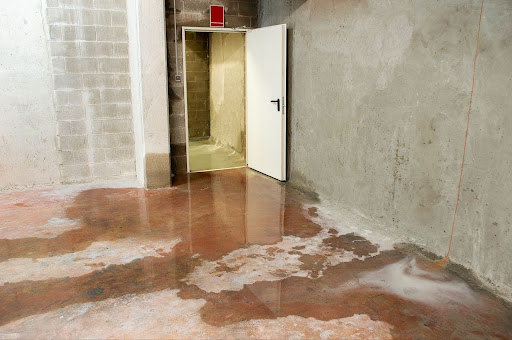Water leaks can be more than just a minor inconvenience—they can lead to severe structural and financial damage if not addressed quickly. In fact, water leaks are one of the most common issues faced by homeowners, often resulting in increased utility bills and costly repairs. But fret not! By understanding modern detection tools and traditional methods, one can safeguard their property effectively. This article will guide you through recognising the early signs of water leaks and taking action to protect your home.
Understanding the Basics of Water Leaks
Water leaks occur when water escapes from its intended path within plumbing systems, leading to wastage and damage. In residential areas, these leaks often arise from worn-out pipes, faulty fixtures, or blockages. Broadly speaking, leaks can be categorised into two types: visible leaks, which can be easily noticed, and hidden leaks, which often lurk behind walls or under floors.
Many homeowners are unaware of the impact leaks have on water waste and costs. According to reports, household leaks can waste nearly 10,000 gallons of water annually—enough to fill a backyard swimming pool. Moreover, they contribute significantly to inflated water bills. Early detection, therefore, stands as a crucial preventative measure to combat these issues.
Common Signs of Water Leaks in the Home
Being vigilant about the signs of water leaks is essential. The most evident indicators include wet spots, water stains on ceilings or walls, and the growth of mould or mildew. Notably, even when fixtures are off, an unusual sound of dripping or rushing water suggests a potential leak. Often, one of the first hints of a problem is an unexpectedly high water bill, which can indicate a hidden issue. Changes in water pressure are also telltale signs; if household taps or showers have reduced flow, there might be a leak impacting the system's efficiency.
Areas Prone to Water Leaks
Various parts of a home are prone to leaks:
Kitchens: The kitchen is a prime area for leaks, particularly under sinks, dishwashers, and within under-cabinet pipes. The constant use and wear can lead to failures, making regular checks vital.
Bathrooms: Showers, bathtubs, and toilets are common culprits for leaks in the bathroom. A leaking toilet can remain unnoticed for some time, slowly increasing the water bill.
Basements and Crawlspaces: These areas are susceptible to hidden leaks due to their location and the presence of foundational plumbing. Moisture in these spaces can quickly lead to structural issues if not addressed.
Outdoor Areas: Leaks aren’t confined to indoors. Garden hoses, irrigation systems, and external faucets are potential sources of waste. Regularly checking these fixtures can prevent unnecessary water loss.
Effective Methods for Detecting Water Leaks
Several methods assist in detecting water leaks:
DIY Tools: Start with basic checks, like monitoring the water meter when no water is being used. A moving meter indicates a leak. Another simple test involves adding food colouring to the toilet tank; a leak is present if it seeps into the bowl without flushing.
Technological Solutions: Consider investing in leak detection systems and smart home devices that alert you to leaks automatically. These tools can identify issues quickly, allowing immediate action to be taken.
Professional Inspections: Sometimes, a professional's eye is the best way to locate and address leaks. Hiring a qualified plumber for an inspection can provide a thorough assessment of your home’s plumbing system.
Regular Maintenance: Conducting regular checks on plumbing fixtures and systems can prevent leaks from escalating. Maintaining drains and ensuring pipes are in good condition is key to avoiding future problems.
Immediate Steps to Take When Detecting a Leak
Upon noticing a leak, it’s vital to act promptly:
Turn off the Main Water Supply: This immediate action prevents further water wastage and damage. Knowing the location of the shut-off valve in advance can save valuable time.
Repair or Replace: Address faulty fixtures or appliances promptly. Sometimes a simple washer replacement can nip the problem in the bud.
Consult a Professional Plumber: Complex plumbing issues require expert insights. Engaging a plumber ensures the problem is accurately diagnosed and fixed.
Document Damage: For potential insurance claims, documenting the water damage is crucial. Take photographs and keep records of assessments and repairs.
Conclusion
Staying vigilant and maintaining regular home inspections are effective ways to prevent water leaks. Acting swiftly at the first signs of trouble saves money and preserves the home's integrity in the long run. Investing in preventive tools and services is a wise decision that offers peace of mind. Remember, early warning signs of a water leak might not always be obvious. Therefore, homeowners should regularly inspect their properties or schedule professional evaluations. After all, a stitch in time saves nine when it comes to keeping a home dry and damage-free!






































